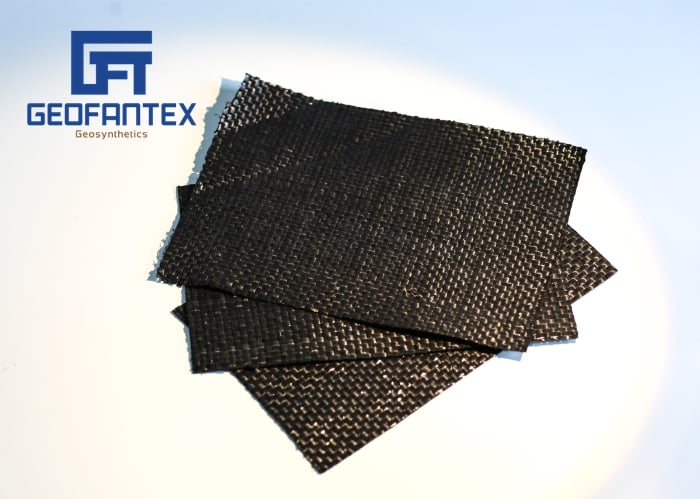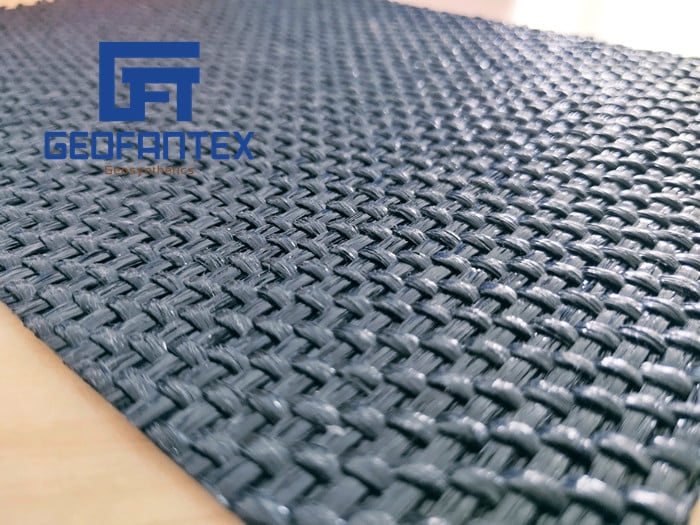+86-159 9860 6917
info@geofantex.com
geofantex@gmail.com
+86-400-8266163-44899
The installation and construction of geotextiles require strict adherence to guidelines to ensure the longevity, performance, and effectiveness of the geosynthetic material. Here’s a comprehensive, strict method to follow for geotextile installation in any application:
Pre-Installation Preparation
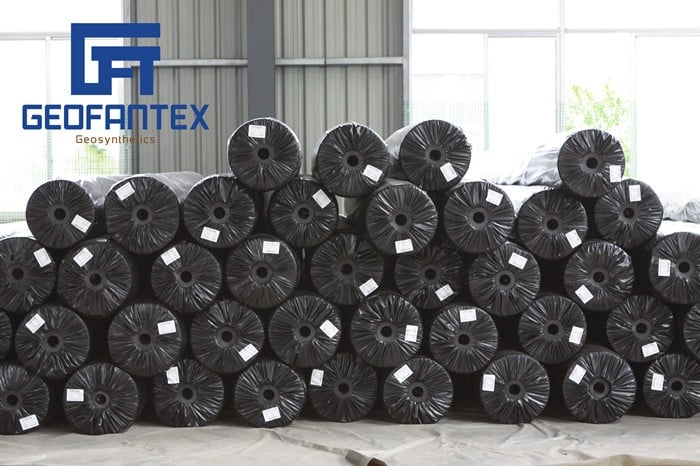
Proper transportation of geotextiles is essential to prevent damage and preserve their structural integrity before installation. During transport:
- Inspection Before Use: After transportation, inspect the rolls for signs of damage, such as tears, punctures, or UV degradation. Damaged sections should be trimmed or replaced before installation.
- Roll Handling: Geotextile rolls must be handled with care, using lifting equipment such as forklifts or spreader bars to avoid tearing or crushing. Rolls should never be dragged or dropped.
- Protection from Weather: Geotextiles must be covered with waterproof tarps to shield them from direct sunlight, rain, and dust, as prolonged exposure can degrade their properties.
- Secure Loading: Rolls should be firmly secured during transport to prevent movement, bending, or deformation. Stacking must be limited to manufacturer guidelines to avoid excessive pressure on the lower rolls.
- On-Site Storage: Store rolls on flat, clean, and dry surfaces, raised off the ground with wooden pallets or supports to prevent moisture absorption or contamination by sharp objects.

Backfilling and Covering: Protecting and Enhancing Geotextile Performance
After proper installation, the geotextile fabric must be carefully covered with the specified backfill materials to ensure long-term protection and optimal functionality. Key considerations include:
- Selecting Backfill Material: Use suitable materials such as gravel, crushed stone, sand, or soil that meet project specifications. The choice depends on the geotextile’s application, whether for drainage, reinforcement, or separation.
- Controlled Backfilling: Place backfill gradually and evenly to avoid damaging the fabric. Backfill should be spread in layers, minimizing the risk of punctures or tears during placement.
- Compaction Practices: If compaction is required, perform it according to engineering standards and project guidelines. Avoid excessive compaction directly on the geotextile to prevent fabric deformation or rupture.
- UV Protection: Immediate covering protects the geotextile from ultraviolet (UV) radiation, which can degrade synthetic fibers over time if left exposed.
- Drainage Considerations: Proper backfilling ensures efficient water flow through and around the geotextile, supporting its drainage and filtration functions.
By following meticulous backfilling and covering procedures, the integrity and longevity of the geotextile installation are preserved, enhancing soil stability, erosion control, and structural reinforcement.
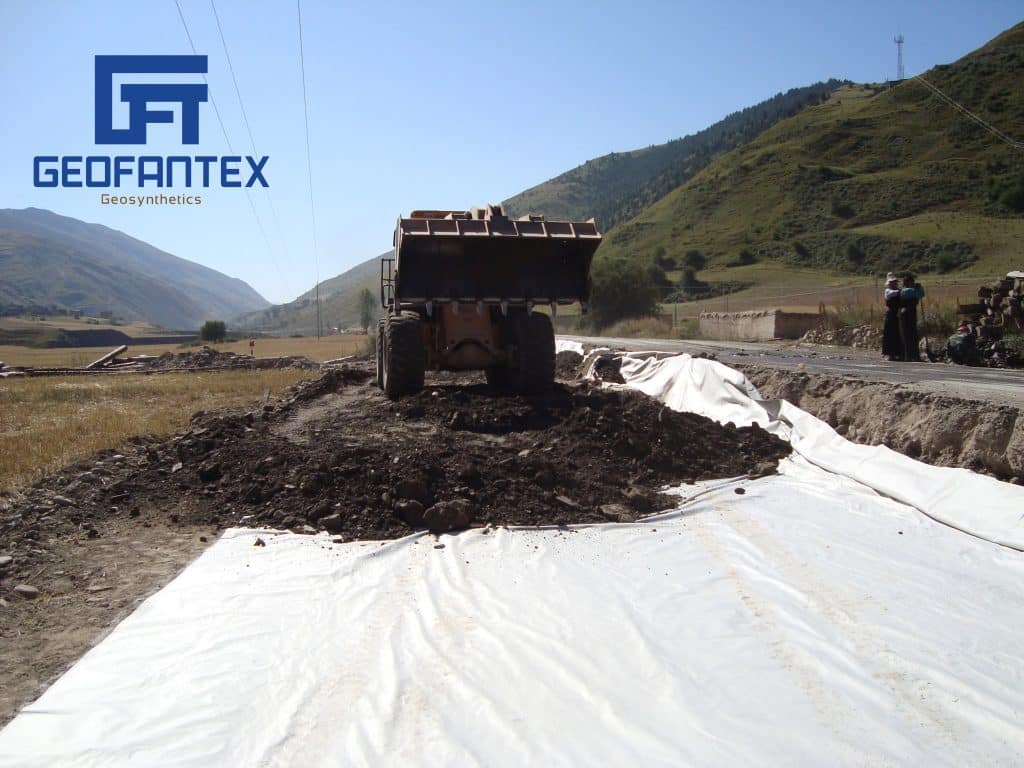
Backfilling or Covering
- Covering Layer: After installation, the geotextile should be immediately covered with the intended backfill material, such as soil, aggregate, or gravel. This step is crucial for protecting the material from UV degradation and mechanical damage.
- Controlled Backfilling: Backfill material should be placed carefully over the geotextile to avoid damage during compaction. The compaction process should be done in layers, avoiding excessive compaction directly on the geotextile.
- Compaction: If required by the project, backfill should be compacted according to the project specifications. Excessive compaction should be avoided to minimize stress on the geotextile.

Quality Control and Inspection
- Post-Installation Inspection: Regularly inspect the geotextile for any tears, wrinkles, or improperly aligned sections. Ensure that all seams are intact and overlaps are correctly placed.
- Conformance with Design Specifications: Verify that the material and installation process meet the specifications outlined in the project design, including strength, permeability, and thickness.
- Testing: If required, perform tests on the geotextile to verify its properties, including tensile strength, elongation, and permeability.
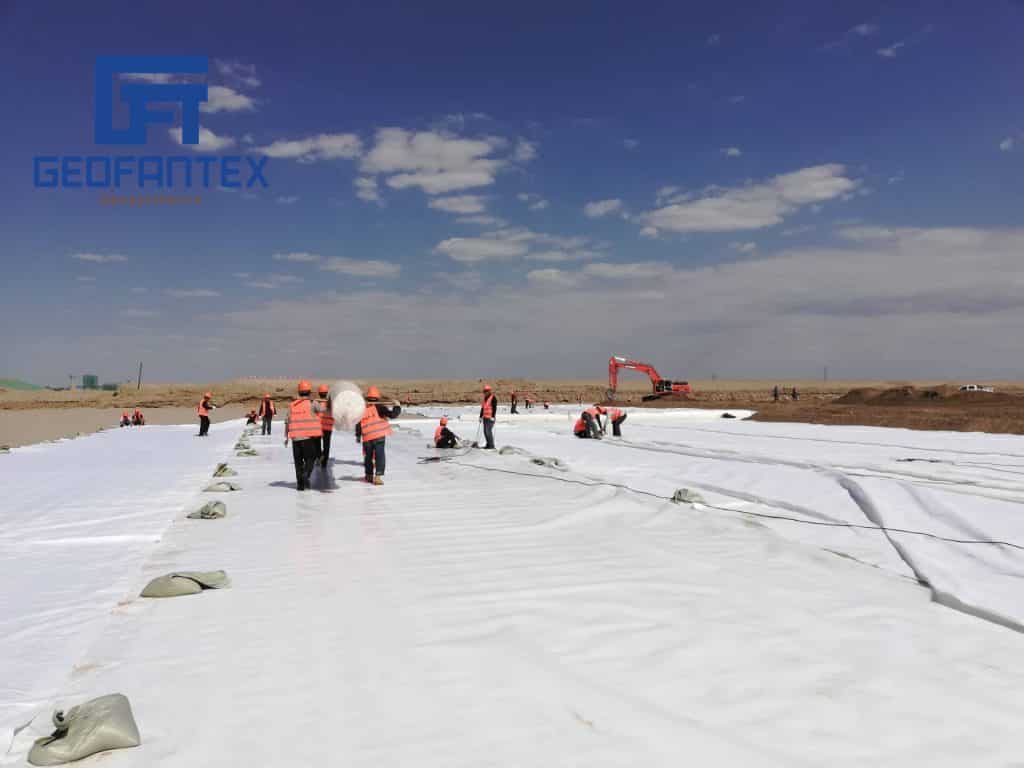
Safety and Environmental Considerations
- Safety Measures: Ensure that all workers are aware of the handling, storage, and installation procedures to minimize risks. Use appropriate protective gear when handling geotextile rolls.
- Environmental Protection: Avoid exposing geotextile materials to harsh weather conditions, UV light, or excessive moisture. Install it promptly after unrolling to minimize exposure time.
Maintenance and Monitoring
To ensure geotextiles perform optimally throughout their service life, a systematic maintenance and monitoring program is essential:
- Regular inspection: Check the installed geotextile for tears, wrinkles, misalignment, or damaged seams and overlaps.
- Drainage and filtration verification: Ensure water flows correctly through and around the geotextile, maintaining its intended drainage and filtration functions.
- Structural evaluation: Confirm that the material continues to support loads and reinforce the soil according to project specifications.
- Ongoing environmental protection: Keep exposed areas covered and avoid prolonged UV, excessive moisture, or chemical exposure that could degrade the material.
- Documentation and tracking: Record all inspections and maintenance activities to ensure traceability and support informed decisions for any interventions.
Implementing these measures minimizes long-term failure risks, guarantees project stability, and maximizes the geotextile’s functional performance in reinforcement, separation, filtration, and drainage applications.
This method ensures the proper performance of geotextiles and guarantees their effectiveness in reinforcing, draining, or separating materials as per the design criteria. Each step is critical to prevent any long-term issues that may arise from improper installation.
Get Free Sample
We’ll respond as soon as possible(within 12 hours)























